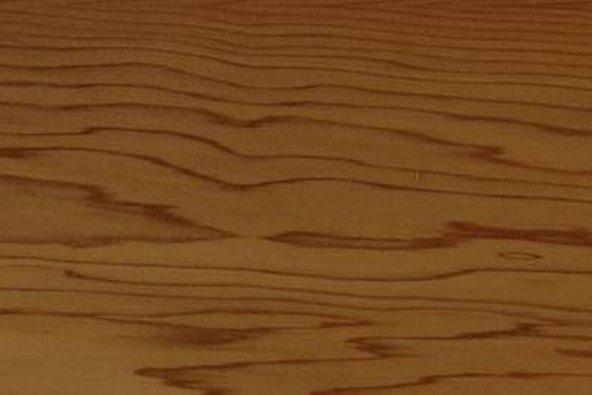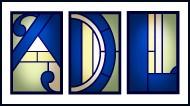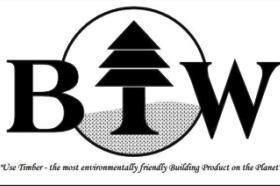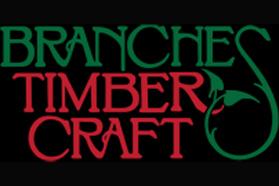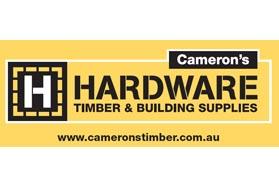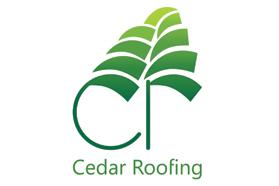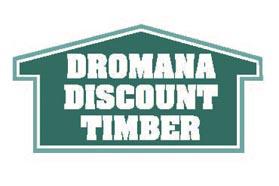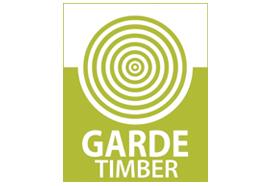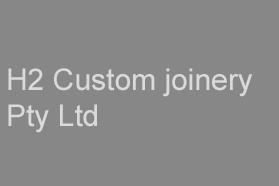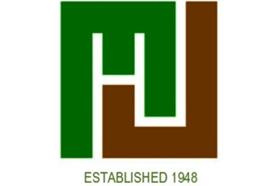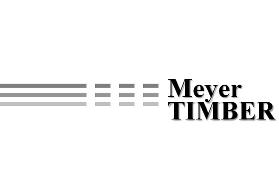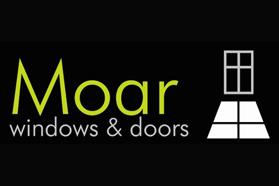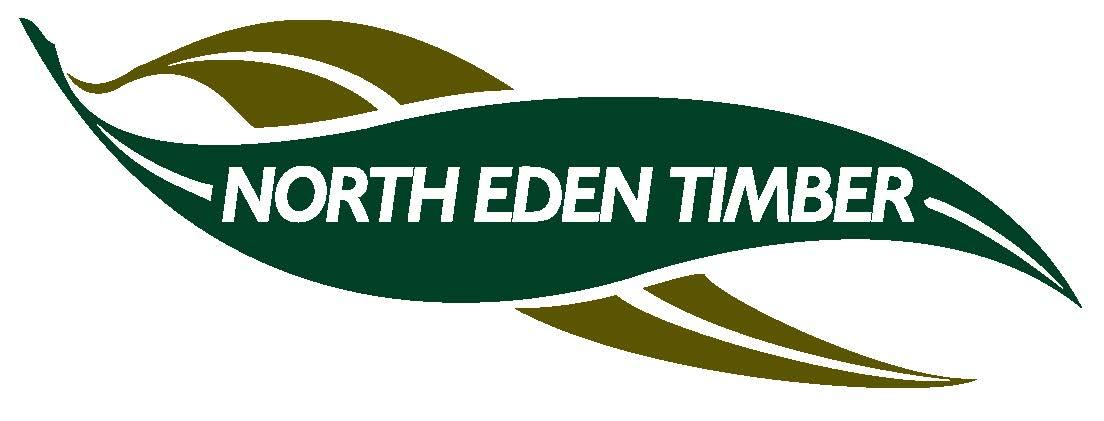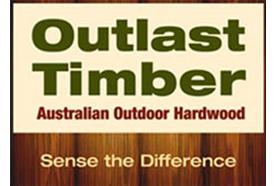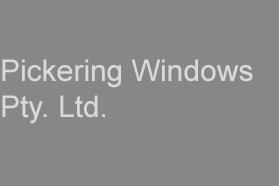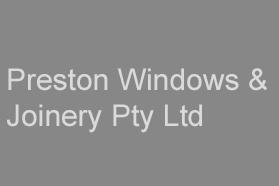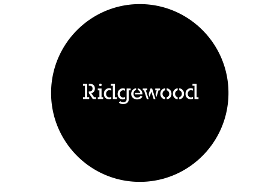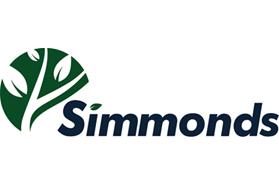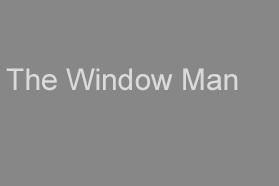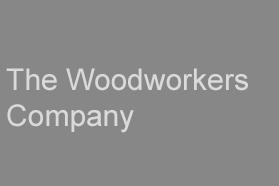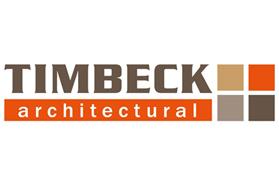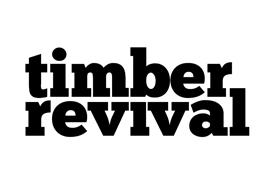Western red cedar is a large softwood that grows in British Columbia and some of the nearby western states of the USA. A versatile timber, it is commonly used for applications such as cladding, windows and joinery.
Giant Arbor-vitae, British Columbia Red Cedar, Red Cedar, Canoe Cedar
Thuja plicata
Western red cedar is a large softwood that grows in British Columbia and some of the nearby western states of the USA including Washington, Oregon, Montana and Idaho.
Western red cedar will remain dimensionally stable under most weather conditions and is not prone to shrinkage or swelling. Due to its versatility, it can be used for both internal and external applications such as cladding, linings, joinery, windows and roofing shingles. Natural preservatives provide resistance to fungus and insect attack, while its low density offers very good thermal insulation qualities. Western red cedar also delivers impressive acoustic properties.
Visually, western red cedar is favoured for its rich and inviting colours. The heartwood ranges from a pale brown through to a richer dark brown. The sapwood is a paler yellowish white colour. It has a fine texture and straight grain with growth rings often visible.
A durable, yet soft timber, western red cedar has a good workability. It cuts, machines and glues well and can also be painted, stained and polished. Precautions should be taken when sanding western red cedar as the sawdust can cause irritation for some people.
It nails and screws well, however if timber is damp it is corrosive to iron and copper, so hot-dipped galvanised nails/screws should be used where required, and any copper plumbing, fittings or sheathing isolated from contact with the wood.
Western red cedar can be brittle along the end grain and sharp cutters are recommended due to its soft nature. It is not suitable for steam bending.
Western red cedar is commonly available with significant quantities being imported into Australia.
Shrinkage
| Very Low | Low | Medium | High | Very High | |
|---|---|---|---|---|---|
|
|
|
||||
|
Tangential :
|
2.30% | ||||
|
Radial :
|
1.10% | ||||
|
Unit Movement Tangential:
|
0.23% | ||||
|
Unit Movement Radial:
|
0.11% |
Strength Group
| Very High | High | Reasonably High | Medium High | Medium | Reasonably Low | Low | Very Low | |
|---|---|---|---|---|---|---|---|---|
| Unseasoned: | S1 | S2 | S3 | S4 | S5 | S6 | S7 | S8 |
|
|
||||||||
| Seasoned: | SD1 | SD2 | SD3 | SD4 | SD5 | SD6 | SD7 | SD8 |
|
|
Stress Grade
|
Structural No. 1 |
Structural No. 2 |
Structural No. 3 |
Structural No. 4 |
Structural No. 5 |
|
|---|---|---|---|---|---|
| Unseasoned: | F7 | F5 | F4 | ||
| Seasoned: | F8 | F7 | F5 | F4 |
Density per Standard
| Seasoned: | 350kg/m3 |
|---|---|
| Unseasoned: | 490kg/m3 |
Joint Group
| Very High | High | Reasonably High | Medium | Low | Very Low | |
|---|---|---|---|---|---|---|
| Unseasoned: | J1 | J2 | J3 | J4 | J5 | J6 |
| Seasoned: | JD1 | JD2 | JD3 | JD4 | JD5 | JD6 |
|
|
Colour
| White, yellow, pale straw to light brown | Pink to pink brown | Light to dark red | Brown, chocolate, mottled or streaky | |
|---|---|---|---|---|
|
|
|
|||
Mechanical Properties
|
Modulus of Rupture - Unseasoned:
|
31-39 (35.9) |
|---|---|
|
Modulus of Rupture - Seasoned:
|
49-55 (51.7) |
|
Modulus of Elasticity - Unseasoned:
|
6.3-6.9 (6.5) |
|
Modulus of Elasticity - Seasoned:
|
6.95-7.7 (7.7) |
|
Maximum Crushing Strength - Unseasoned:
|
15.5-19.3 (19.1) |
|
Maximum Crushing Strength - Seasoned:
|
34.6-38.6 (31.4) |
|
Impact - Unseasoned:
|
|
|
Impact - Seasoned:
|
|
|
Toughness - Unseasoned:
|
Low - up to 15 Nm |
|
Toughness - Seasoned:
|
Low - up to 15 Nm |
|
Hardness - Unseasoned:
|
<1.75 (1.2) |
|
Hardness - Seasoned:
|
<1.75 (1.6) |
Durability
| Low | Moderate | Reasonably High | High | |
|---|---|---|---|---|
| (0 - 5 yrs) | (5 - 15 yrs) | (15 - 25 yrs) | (more than 25 yrs) | |
|
In-Ground:
|
|
|||
| (0 - 7 yrs) | (7 - 15 yrs) | (15 - 40 yrs) | (More than 40 yrs) | |
|
Above ground:
|
|
|||
| (0 - 20 yrs, usually < 5) | (21 - 40 yrs) | (41 - 64 yrs) | (More than 60 yrs) | |
|
Marine Borer Resistance:
|
|
Lyctid Borer Susceptibility:
|
Not Susceptible |
|---|---|
| Lyctid Borer Susceptibility - Other: | |
|
Termite Resistance:
|
Resistant |
Fire Properties
| 0 | 1 | 2 | 3 | 4 | 5 | 6 | 7 | 8 | 9 | 10 | 11 | 12 | 13 | 14 | 15 | 16 | 17 | 18 | 19 | 20 | |
|
EFH Ignitibility: |
|
| 0 | 1 | 2 | 3 | 4 | 5 | 6 | 7 | 8 | 9 | 10 | |
|
EFH Spread-of-Flame Index:
|
|
||||||||||
|
EFH Smoke-Developed Index:
|
|
| 1 - non-combustible | 2 - reasonably non-combustible | 3 - slightly combustible | 4 - combustible | |
|
Fire Properties Group Number: |
|
|
Average Specific Extinction Area:
|
<250 |
|---|---|
|
Bushfire Resistance:
|
Not Tested |
Western red cedar is favoured for its rich and inviting earthy tones. The true beauty of this durable softwood is most evident when used for appearance based applications such as external cladding and windows. The heartwood ranges from a pale brown or honey colour through to a richer dark brown, with older growth timber somewhat darker in appearance. The sapwood is a paler yellowish white colour. It has a fine texture and straight grain with growth rings often visible.
Western red cedar is used for applications such as cladding, linings, joinery, windows, doors and roofing shingles. Natural preservatives provide resistance to fungus and insect attack, while its low density also provides good insulation qualities. It can be used in many types of weather conditions due to its natural durability.
NSW
